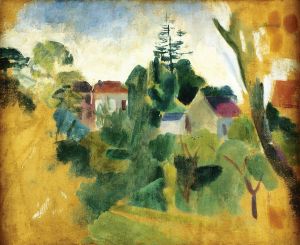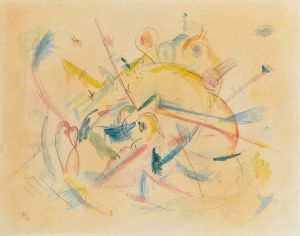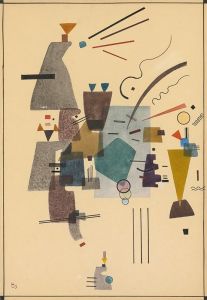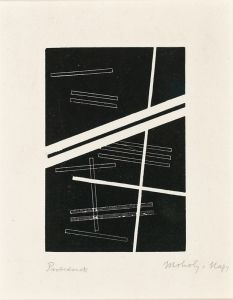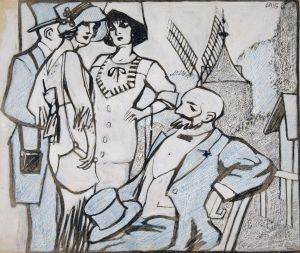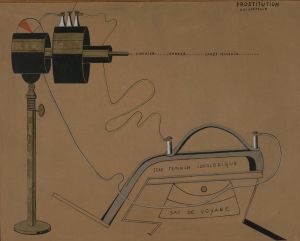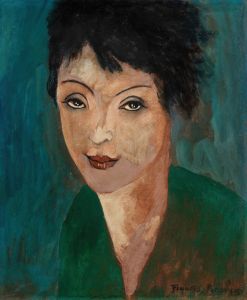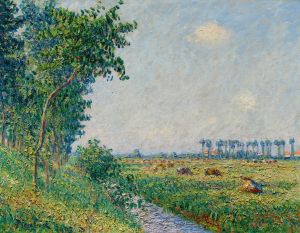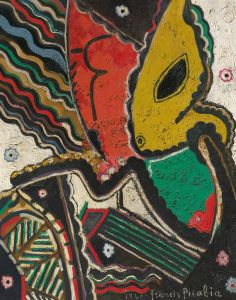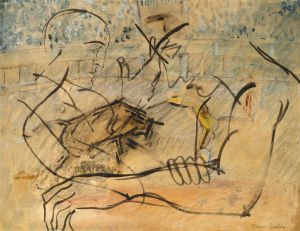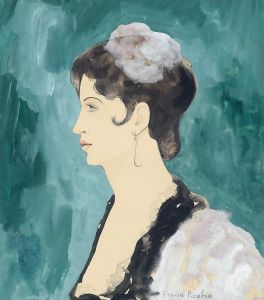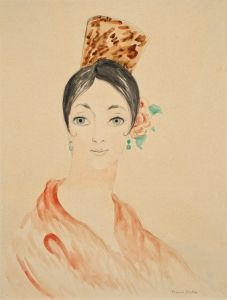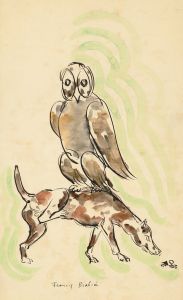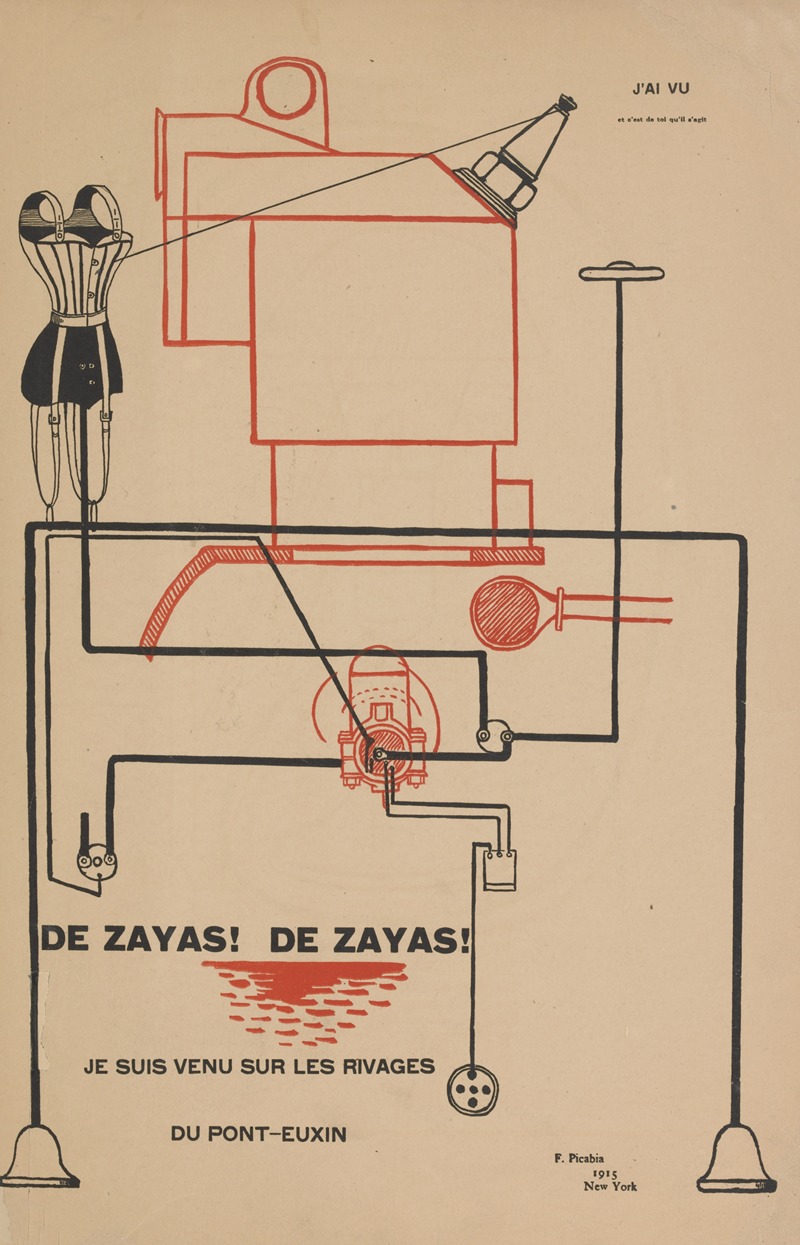
J’ai vu
A hand-painted replica of Francis Picabia’s masterpiece J’ai vu, meticulously crafted by professional artists to capture the true essence of the original. Each piece is created with museum-quality canvas and rare mineral pigments, carefully painted by experienced artists with delicate brushstrokes and rich, layered colors to perfectly recreate the texture of the original artwork. Unlike machine-printed reproductions, this hand-painted version brings the painting to life, infused with the artist’s emotions and skill in every stroke. Whether for personal collection or home decoration, it instantly elevates the artistic atmosphere of any space.
Francis Picabia's painting "J’ai vu" is a notable work from the early 20th century, reflecting the artist's involvement with avant-garde movements and his innovative approach to art. Picabia, a French avant-garde painter, poet, and typographic artist, was a significant figure in the Dada movement and later associated with Surrealism. His work often challenged traditional artistic conventions and explored new forms of expression.
"J’ai vu," which translates to "I have seen" in English, was created in 1914. This period was marked by Picabia's transition from Impressionism and Cubism to more abstract and conceptual art forms. The painting is a part of his exploration into the mechanistic and abstract, which became a hallmark of his style during this time. Picabia was deeply influenced by the technological advancements and the mechanization of society, which is evident in his works from this era.
The painting itself is characterized by its abstract composition and use of mechanical imagery. Picabia was known for incorporating elements of machinery and industrial design into his art, reflecting the modern world's impact on human perception and experience. "J’ai vu" exemplifies this approach, with its intricate interplay of shapes and forms that suggest mechanical components and structures. This mechanistic aesthetic was a response to the rapidly changing world around him, particularly the technological innovations of the early 20th century.
Picabia's work during this period was also influenced by his interactions with other avant-garde artists and movements. He was associated with the Dada movement, which emerged as a reaction to the horrors of World War I and sought to challenge established norms and conventions in art and society. Dada artists often employed absurdity, irony, and a rejection of traditional aesthetics, all of which can be seen in Picabia's work.
"J’ai vu" is a reflection of Picabia's interest in the intersection of art and technology, as well as his desire to break free from conventional artistic boundaries. The painting's abstract nature invites viewers to interpret its meaning and form, embodying the Dadaist ethos of questioning and redefining art.
Throughout his career, Picabia continued to evolve and experiment with different styles and mediums, making him a versatile and influential figure in modern art. His work, including "J’ai vu," remains significant for its innovative approach and its role in the development of abstract and conceptual art.
In summary, "J’ai vu" by Francis Picabia is a seminal work that captures the artist's engagement with the themes of mechanization and abstraction. It reflects his contributions to the Dada movement and his ongoing influence on the trajectory of modern art.





